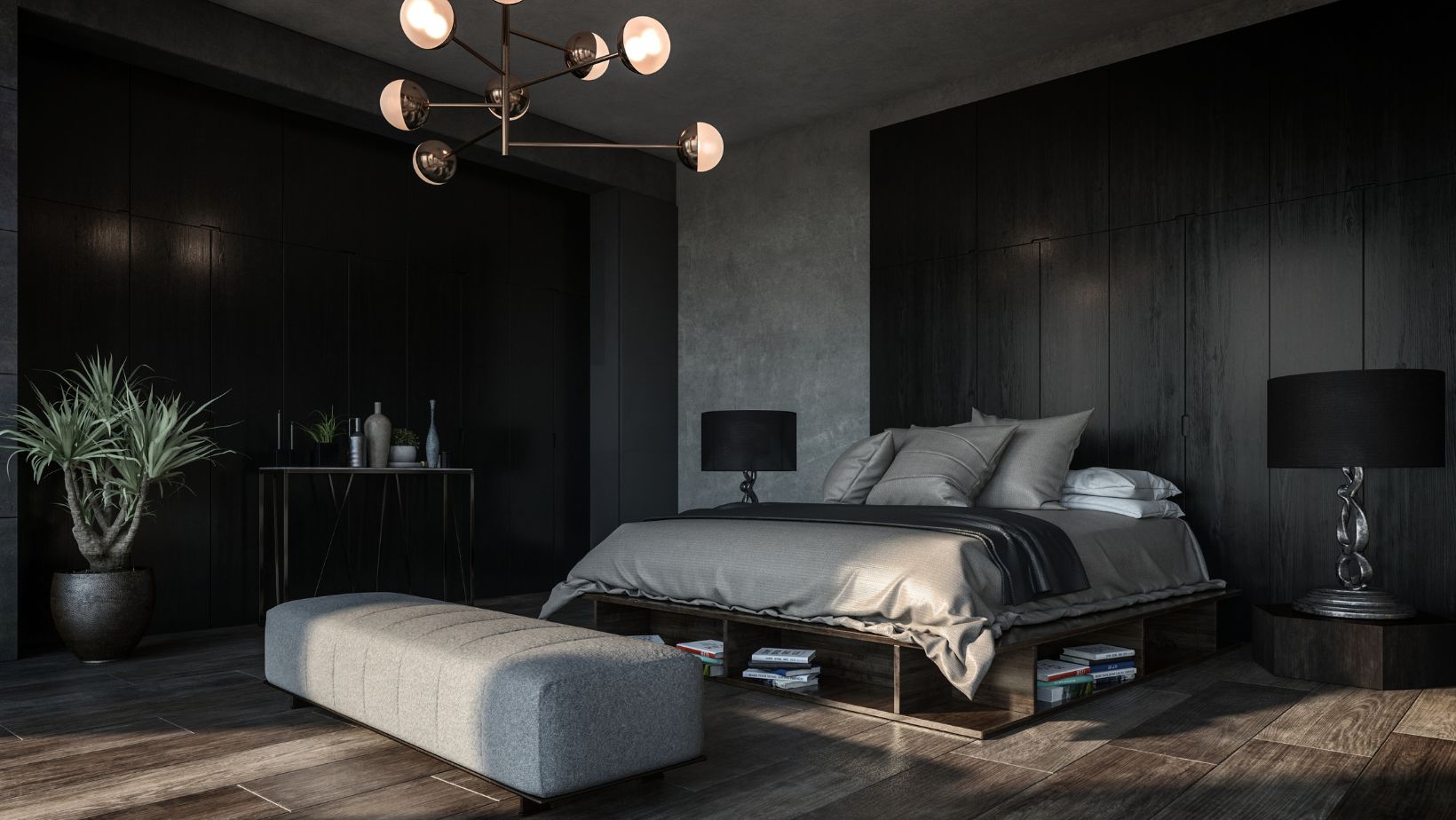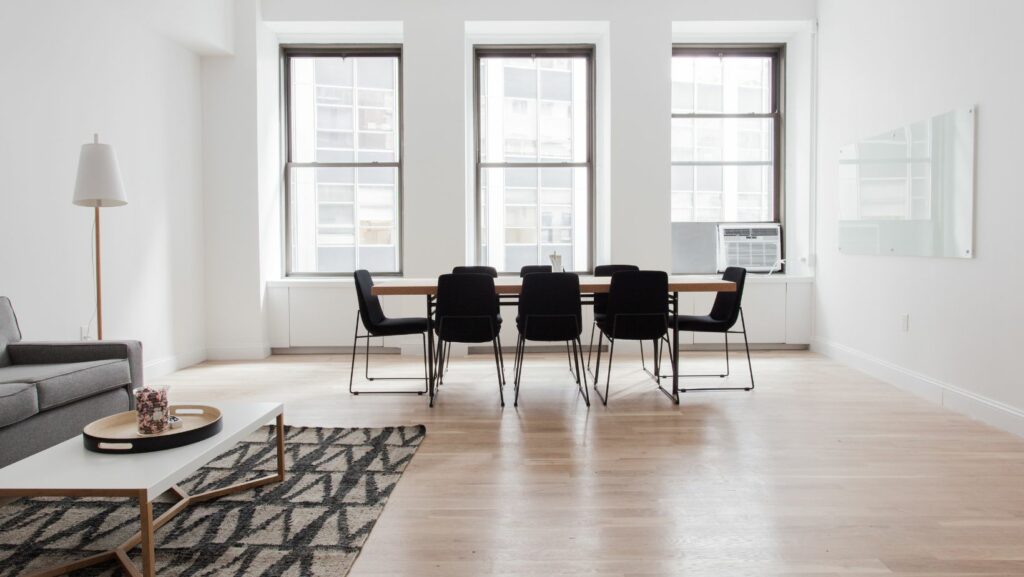Flooring does more than cover your home’s foundation — it sets the tone for each room, affects comfort, and even influences how easy your home is to maintain. The right choice can enhance your interior style, improve functionality, and last for years with minimal upkeep. The wrong choice? It could mean constant cleaning battles, early wear and tear, and a look that doesn’t quite work. From hardwood to carpet to limestone tiles, here’s how to pick the ideal flooring for every space in your home.
Think About Each Room’s Purpose
No two rooms in your home work exactly the same way, so your flooring choices shouldn’t either. The kitchen sees spills and heavy foot traffic, bedrooms need warmth and comfort, and bathrooms demand water resistance. By matching flooring to a room’s primary function, you’ll ensure it stands up to the daily demands while still looking great.
Ask yourself:
- How much foot traffic will this room get?
- Is it a high-moisture or spill-prone area?
- Will pets or children be using it frequently?
- How much maintenance am I willing to commit to?
These questions help narrow down materials that are practical as well as stylish.
Kitchen: Durability Meets Easy Cleaning
The kitchen is often the busiest room in the house — and one of the most spill-prone. You need a surface that’s hard-wearing, easy to clean, and resistant to stains and water.
Best options:
- Ceramic or porcelain tiles — Highly durable and water-resistant.
- Luxury vinyl — Comfortable underfoot, water-resistant, and available in designs that mimic natural materials.
- Engineered hardwood — A warmer look than tile, with better moisture resistance than solid wood.
Avoid materials that can warp or stain easily, like untreated hardwood or soft, porous stones.
Living Room: Comfort and Style
Your living room is a space to relax and entertain, so it needs flooring that’s both comfortable and visually appealing. Here, you can focus more on style without sacrificing practicality.
Best options:
- Hardwood — Classic, warm, and long-lasting.
- Laminate — Affordable, with a wide range of styles.
- Carpet — Adds softness and sound insulation, great for family spaces.
If you want the look of wood with less upkeep, engineered wood or high-quality vinyl planks are great alternatives.
Bedroom: Softness Underfoot
The bedroom is your sanctuary, and comfort should be the priority. Noise reduction is also key, especially if you share your home or live in an apartment.

Best options:
- Carpet — Warm, quiet, and soft to walk on barefoot.
- Cork — Naturally warm and cushioned, with a unique look.
- Engineered wood with rugs — Offers style and warmth while keeping the space versatile.
Choose colours and textures that make the room feel calm and inviting.
Bathroom: Waterproof and Low-Maintenance
Bathrooms demand flooring that can handle moisture without warping, cracking, or growing mould. Safety is another factor — wet floors can be slippery, so opt for textured or slip-resistant surfaces.
Best options:
- Ceramic or porcelain tiles — Water-resistant and available in endless designs.
- Vinyl sheet or luxury vinyl tile — Soft underfoot, water-resistant, and easy to clean.
- Natural stone — Luxurious and durable if properly sealed.
Stay away from materials that absorb water easily, like carpet or unsealed wood.
Hallways and Entryways: Tough Against Wear
These areas take the brunt of foot traffic, dirt, and moisture from outside. You need flooring that’s durable, easy to clean, and resistant to scratches.
Best options:
- Tile — Durable, easy to maintain, and available in styles to match any décor.
- Laminate — Scratch-resistant and affordable.
- Engineered wood — Offers warmth and style with better durability than solid hardwood.
Adding rugs or runners can help protect the surface and make the space more welcoming.
Balancing Style, Budget, and Maintenance
When choosing flooring, you’ll need to balance how it looks, how much you’re willing to spend, and how much time you want to dedicate to upkeep.
- Style — Choose flooring that complements your home’s overall design.
- Budget — Factor in installation costs as well as the price of materials.
- Maintenance — Some floors need more regular care than others (e.g., sealing stone or refinishing wood).
A floor that fits your lifestyle will save you money and stress in the long run.
The Power of Mixing Materials
Don’t feel like you have to use the same flooring throughout your home. Mixing materials can help define spaces, especially in open-plan layouts. For example, you might use tile in the kitchen and timber in the living area, creating visual separation while maintaining flow.
When combining flooring types, stick to complementary colours and tones so the transition feels natural.
Test Before You Commit
Before finalising your choice, get samples and see how they look in your home at different times of day. Lighting can dramatically change how a colour or texture appears. Walk on the samples, spill a bit of water, and see how easy they are to clean.
Your Floors, Your Foundation
The right flooring can transform a room from average to extraordinary — but it’s not just about looks. Choosing materials that match each room’s needs will make your home more comfortable, practical, and long-lasting.
Think of your floors as the foundation for everything else in your space. With the right mix of durability, style, and comfort, you can create a home that works beautifully in every season of life.

